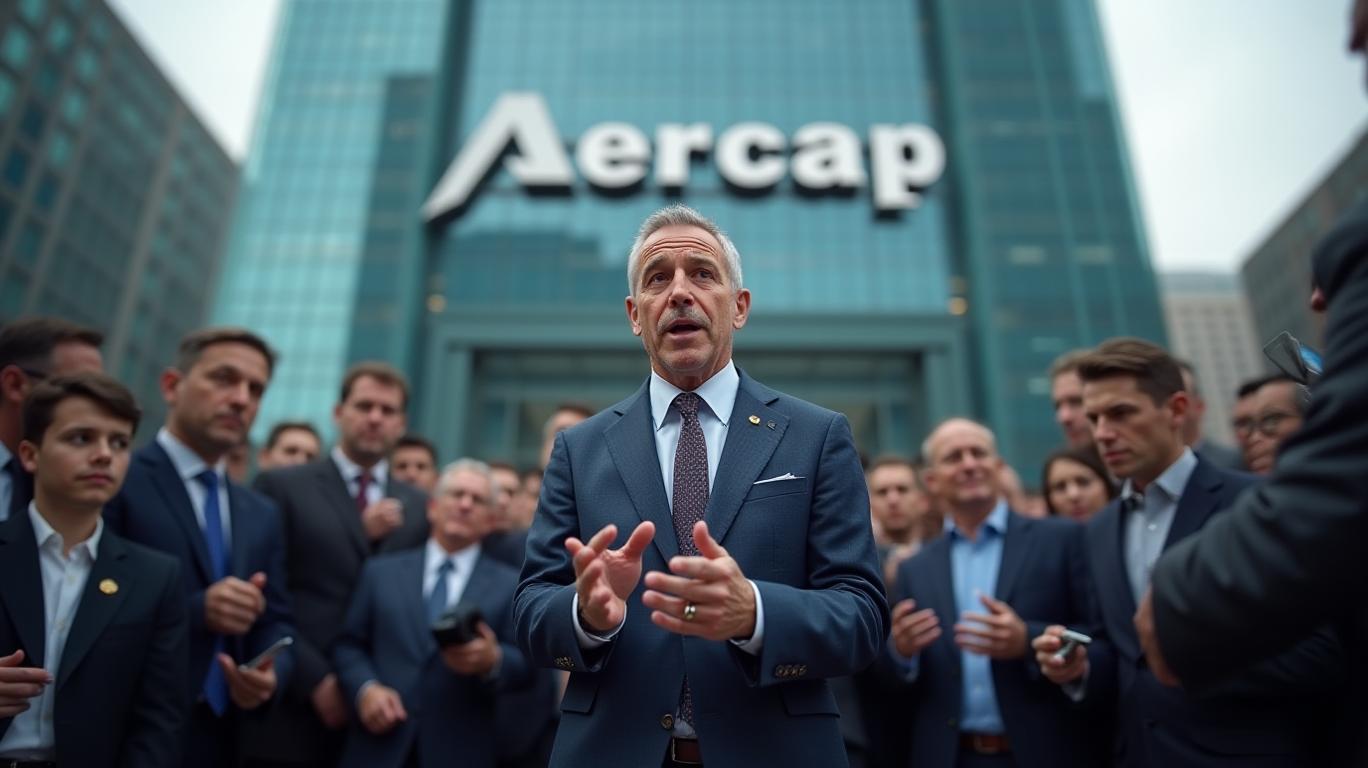AirSculpt Technologies: Navigating Challenges Ahead of Q1 2025 Earnings Release
AirSculpt Technologies (NASDAQ: AIRS) is set to release its first-quarter 2025 financial results on May 2, 2025, following a year marked by significant headwinds in the premium body contouring market. Investors will scrutinize whether the company’s strategic pivots—such as renewed marketing efforts, operational cost discipline, and new service launches—can reverse a troubling revenue decline.

A Challenging Q4 2024 Lays the Groundwork
The company’s fourth-quarter 2024 results painted a stark picture. Revenue fell 17.7% year-over-year to $39.2 million, while adjusted EBITDA plummeted to $1.9 million—a 81% drop from the prior-year period. Same-store sales declined 22.6%, underscoring the impact of macroeconomic pressures on discretionary spending. These metrics, coupled with an 11% stock decline post-earnings, highlighted investor skepticism about AirSculpt’s ability to stabilize its business.
The Q1 2025 outlook, however, offers a glimpse of cautious optimism. Management anticipates that the same-store revenue decline will mirror Q4’s 22.6% drop but expects sequential improvement as 2025 progresses. This hope hinges on two critical factors:
- Marketing Reinvestment: Lead volumes have begun to rebound after AirSculpt shifted toward higher-cost channels like online video and social media. While customer acquisition costs rose to $3,250 per case (up from $2,600 in 2023), CEO Yogi Tasnani asserts that these investments are “strategic” to drive long-term growth.
- Operational Focus: The pause on new clinic openings (“de novo centers”) allows management to prioritize same-store recovery. New initiatives, such as piloting skin-tightening services linked to rising demand for GLP-1 therapies, could also boost revenue without heavy upfront costs.
Risks and Red Flags to Monitor
Despite the optimism, risks loom large. First, lead conversion times remain stubbornly elevated at 60 days (vs. a historical 45 days), reflecting prolonged decision-making cycles for high-cost procedures averaging $12,000–$13,000. Second, the company’s leverage ratio of 3.0x (gross debt of $75.8 million) leaves little margin for error in a weak revenue environment.
Investors should also note recent insider activity. Executive Chairman Aaron Rollins sold ~$758,000 worth of shares in late 2024, while Interim CEO Dennis Dean offloaded ~$379,000 in holdings. While such moves don’t directly impact near-term results, they may signal cautious internal sentiment.
The Road Ahead: Key Metrics to Watch
The May 2 earnings call will aim to address these concerns. Key data points to analyze include:
- Q1 Revenue and EBITDA: Can AirSculpt stabilize margins and slow the revenue decline?
- Lead Conversion Rates: Did the new marketing strategies and sales training improve conversion from the 60-day lag?
- Cash Position: With $8.2 million in cash as of December 2024, does management have sufficient liquidity to fund growth initiatives?
Analysts remain divided. Piper Sandler recently lowered its price target to $5.00, citing execution risks, while the broader consensus ($5.75) reflects a “wait-and-see” stance.
Conclusion: A Critical Inflection Point
AirSculpt’s Q1 results will test whether its strategic realignment can turn the tide. The company’s focus on operational efficiency, marketing reinvestment, and new service lines align with a path to recovery—but execution is key.
Investors should weigh two critical facts:
1. Valuation: At a current price of $1.82 (as of late April 2025), the stock trades near its 52-week low, offering a potential margin of safety if the company meets modest expectations.
2. Market Opportunity: The global body contouring market is projected to grow at 6.2% CAGR through 2030, per Grand View Research. AirSculpt’s minimally invasive technology positions it to capture share—if it can stabilize demand.
In conclusion, AirSculpt’s May 2 earnings release is a pivotal moment. While risks abound—particularly around lead conversion and leverage—the company’s strategic moves and undemanding valuation justify a watch-and-verify approach. Success in Q1 could catalyze a re-rating, but failure risks further erosion of investor confidence. The stakes, quite literally, are cut close.



_b905d9341749265671656.jpg)






